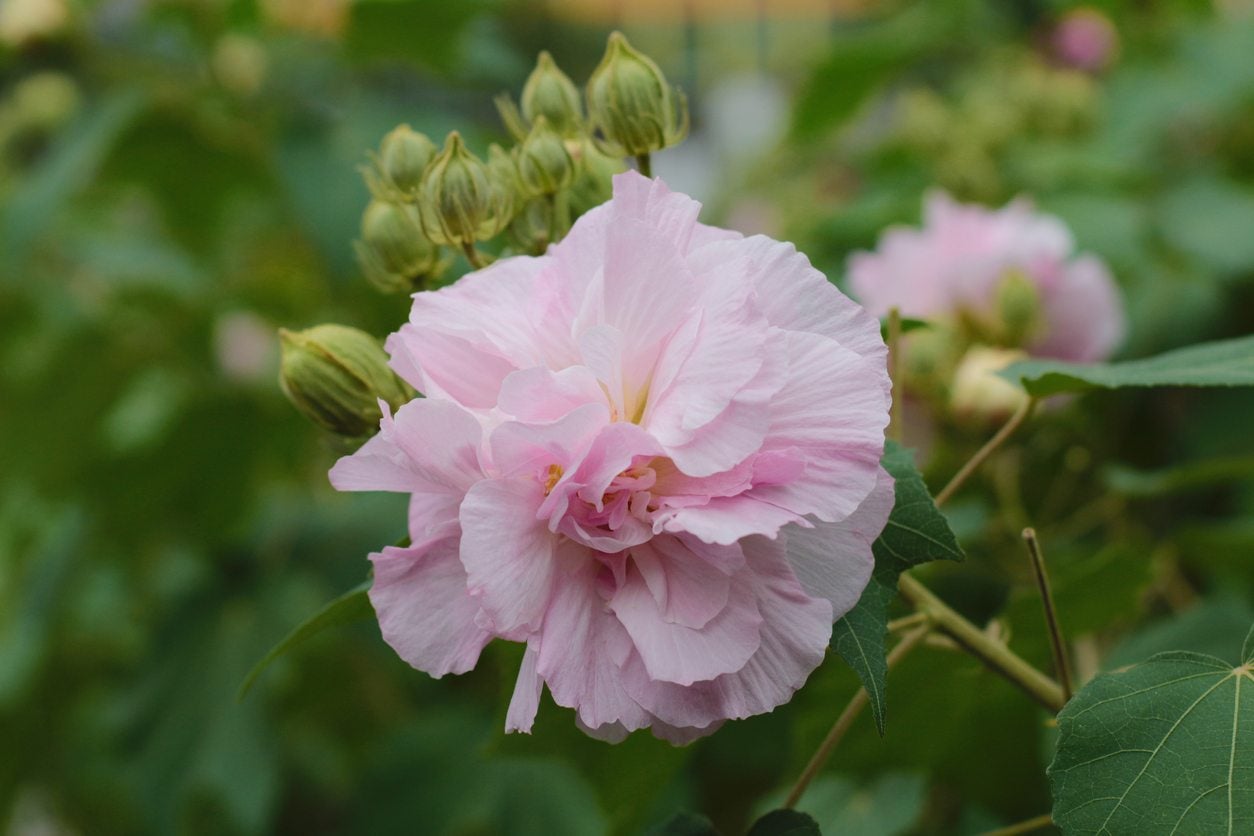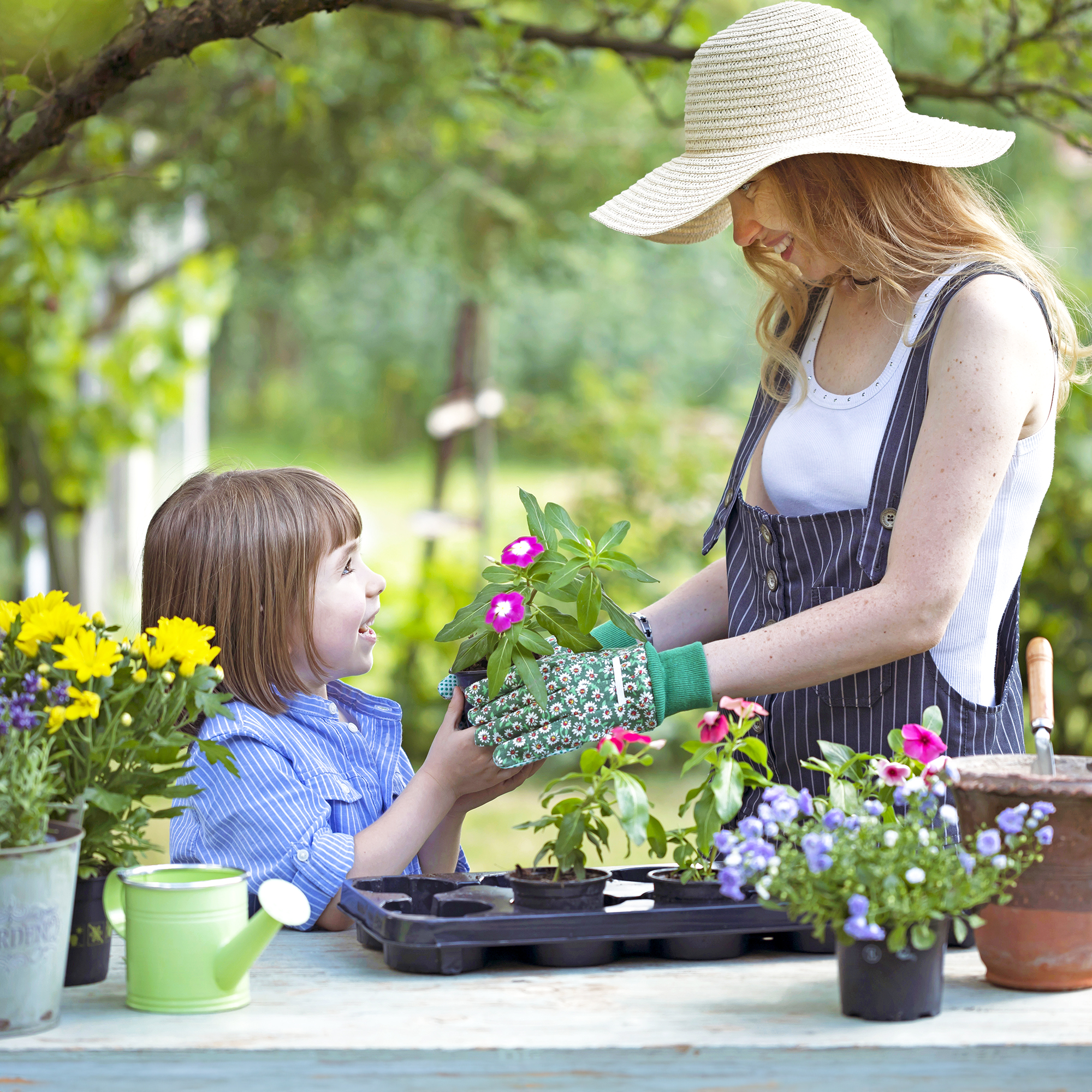Can Hibiscus Change Color: Reasons For Hibiscus Turning A Different Color

Can hibiscus change color? The Confederate Rose (Hibiscus mutabilis) is famous for its dramatic color changes, with flowers that can go from white to pink to deep red within one day. Almost all hibiscus varieties, however, produce flowers that can change colors under certain circumstances. Read on to learn more.
Reasons for Color Changing in Hibiscus
If you’ve ever noticed the flowers on your hibiscus turning a different color, you’ve probably wondered what was behind the change. To understand why this happens, we need to look at what creates flower colors in the first place. Three groups of pigments create the vibrant color displays of hibiscus flowers. Anthocyanins produce blue, purple, red, and pink colors, depending on the individual pigment molecule and the pH it is exposed to. Flavonols are responsible for pale yellow or white colors. Carotenoids create colors on the “warm” side of the spectrum – yellows, oranges, and reds. Each hibiscus variety has its own genetics that determines what pigments, and what range of colors it can produce. However, within that range, temperature, sunlight, pH, and nutrition can all affect the levels of different pigments in a flower and what color they appear. The blue and red colored anthocyanins are water-soluble pigments carried in the plant sap. Meanwhile, the red, orange, and yellow carotenoids are fat-soluble pigments created and stored in the plastids (compartments in plant cells similar to the chloroplasts that carry out photosynthesis). Therefore, anthocyanins are less protected and more sensitive to environmental changes, while carotenoids are more stable. This difference helps explain the color changes in hibiscus. Anthocyanins exposed to hot conditions will often break down, causing flower colors to fade, while carotenoid-based colors hold up well in the heat. High temperatures and bright sunlight also enhance carotenoid production, leading to bright reds and oranges. On the other hand, plants produce more anthocyanins in cold weather, and the anthocyanins they produce tend to be more red and pink colored as opposed to blue or purple. For this reason, some anthocyanin-dependent hibiscus flowers will produce brilliant color displays during cool weather or in partial shade but will fade in bright, hot sunlight. Similarly, flavonols exposed to high temperatures will fade from yellow to white, while cold weather will cause an increase in production and a deepening of yellow flower colors.
Other Factors in Hibiscus Color Change
Some anthocyanin pigments will change color depending on the pH they’re exposed to within the flower. The pH doesn’t usually change over time within a hibiscus flower because it is determined genetically, but patches of different pH levels can lead to multiple colors occurring within one flower. Nutrition is also a factor in color changes. Adequate sugar and protein in the sap are required for anthocyanin production. Making sure your plant has enough fertility and nutrients is important for vibrant colors in anthocyanin-dependent flowers. So, depending on its variety, your hibiscus changed color because of some combination of temperature, sunlight, nutrition, or pH has taken place. Can gardeners control this hibiscus color change? Yes, indirectly – by controlling the plant’s environment: shade or sun, good fertility, and protection from hot or cold weather.
Gardening tips, videos, info and more delivered right to your inbox!
Sign up for the Gardening Know How newsletter today and receive a free copy of our e-book "How to Grow Delicious Tomatoes".
Ilana Goldowitz Jimenez is a scientific and agricultural writer with a B.S. in Plant Sciences from Cornell University and a PhD in Chemical Biology and Infectious Disease from Harvard University.
-
 12 Mother’s Day Garden Gifts That Celebrate Moms Who Love To Grow
12 Mother’s Day Garden Gifts That Celebrate Moms Who Love To GrowAll Moms deserve to feel special on Mother’s Day, so treat her to a thoughtful gardening gift that helps her get the most out of her hobby.
By Melanie Griffiths
-
 Never Plant Seedlings Until They Pass These 3 Simple Tests
Never Plant Seedlings Until They Pass These 3 Simple TestsDon't be over-eager to transplant seedlings into the garden before they are ready. These quick and easy checks will help ensure flourishing plants.
By Mary Ellen Ellis